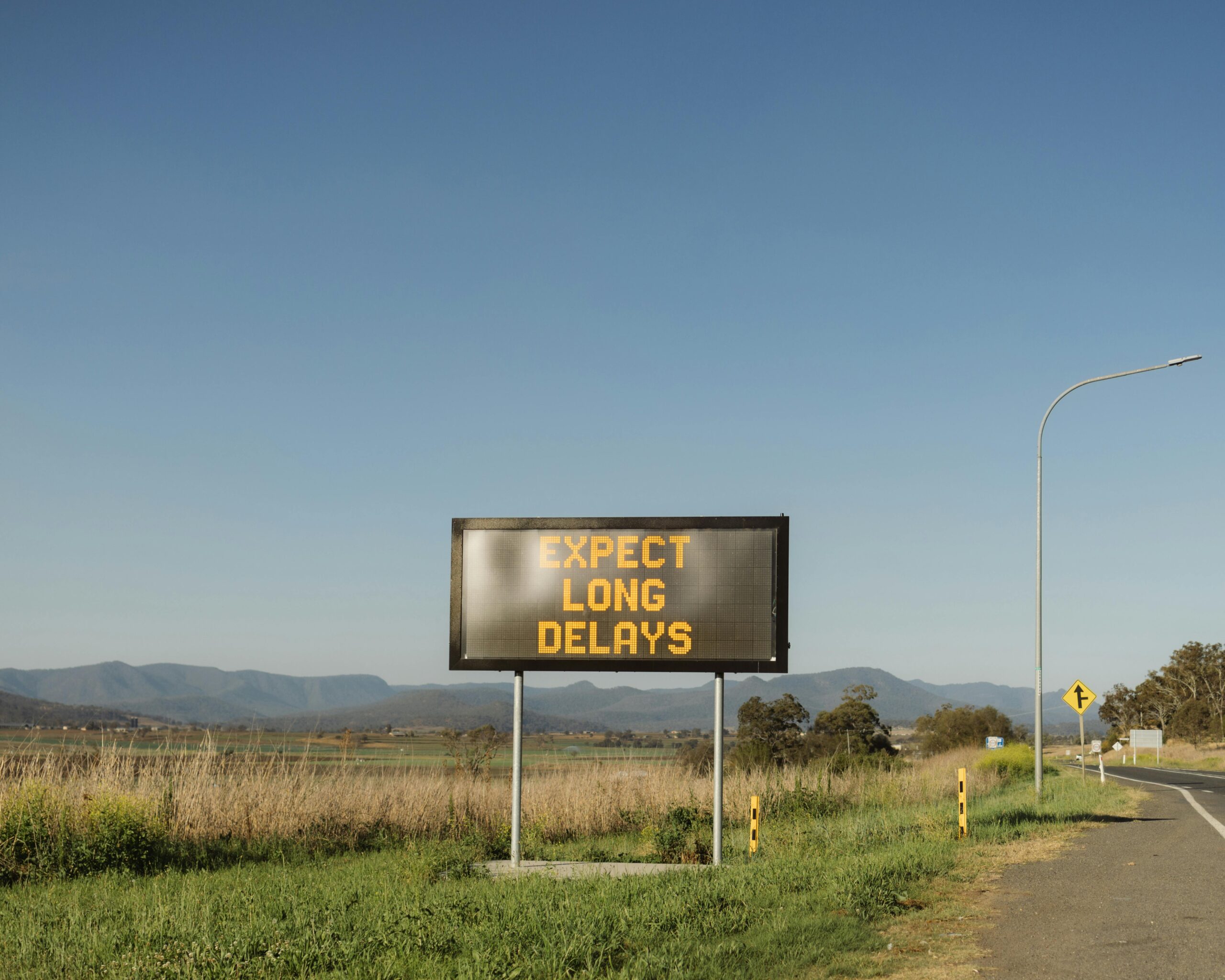Technology tools have enabled the organisation to remain ‘safe and productive’ during the pandemic, according to Jeff James
Credit: Crown Copyright/Open Government Licence v3.0
As government moved into its second year of leading the country’s response to the coronavirus crisis – while also managing the UK’s ultimate exit from the European Union, delivering a potentially planet-saving global climate conference, and progressing major reform ambitions – civil servants were likely busier in 2021 than in any other year on record.
In its annual perm secs round-up, PublicTechnology sister publication Civil Service World heard form scores of Whitehall leaders about their experiences of the past 12 months and their plans for 2022.
Jeff James, keeper of The National Archives, reveals how online platforms and technology have helped the organisation continue to allow citizens to engage with its records.
(These answers were given before the rise of the omicron variant)
What was your highlight of 2021?
Without a doubt, it was welcoming visitors back to our building at Kew in April.
Following lockdown, we built up our visitor capacity gradually to make sure we could adhere to social distancing guidelines. Over the year, and in line with government guidelines, we have been able to ease restrictions and it is rewarding to see researchers, academics and school groups once again using our wonderful building.
With our reading rooms now open to both pre-booked and walk-in visitors, and our on-site exhibition, café and shop open, it feels like we are getting back to a sense of normality.
How did you tackle the biggest challenges facing your organisation in 2021?
By working together and looking for creative solutions, both during lockdown and as we have emerged from it.
For staff, we made our IT work for us with online meetings and collaboration to successfully deliver projects and priorities.
For the public, our digital records are still free to download and we have continued to deliver our public programming online, ensuring our global audiences can access and engage with our collection.
More recently, we have transitioned to a combined on-site and online offer. In the first week of November, our overall satisfaction rating from on-site visitors was 94% and our ambition is to continue with this exceptional level of satisfaction.
That we are successfully navigating the environment between keeping our staff and visitors safe, while providing the public service we are known for, is incredibly encouraging.
What is your number one priority for 2022?
The last 18 months have shown how adept we are at thriving in the face of unprecedented challenges to deliver our business and services.
We must build on what we have learned and look for ways to continually improve. With the gradual transition to hybrid working, we will make sure our staff and visitors can work in a safe and productive environment.
We have ambitions to enhance our Kew site and access to our incredible collections, to build on our strong lockdown work with schools and to maintain high satisfaction levels with online and on-site users.
2022 is looking incredibly exciting, and key to our work next year is the release of the 1921 Census and our accompanying public-engagement programme “20sPeople”. As this will be the last census release for 30 years, we expect this to be incredibly popular and a real national moment, especially with the parallels that can be drawn between the world we live in now and the world of our forebears 100 years ago.
Which historical, mythical or contemporary figure would you most like to join you for a New Year’s Eve celebration?
Can I have two? If so, it would have to be the ultra-marathon runners Jim Walmsley and Courtney Dauwalter.
I’d ask Jim to regale us with the story of how he took a wrong turn onto Highway 49, less than 10 miles from the finish of the 2016 Western States 100, while leading the race and on track to break the record of one of the world’s most famous ultra-marathons at his first attempt. And then I’d listen to Courtney talk about the 240-mile Moab ultra, which she won in 2017.
The first competitor, male or female, over the line in two days, nine hours, and 59 minutes (10 hours ahead of the second placed runner). Both incredible and inspiring stories of endurance and resilience.
Visit Civil Service World to read more entries in this year’s perm secs round-up




벼룩시장 신문그대로보기 (구인구직, 부동산) 벼룩시장 신문그대로보기 바로가기 그리고 지역별 벼룩시장 종이신문그대로보기 방법 (구인구직, 부동산) 알아볼게요. 교차로신문 같이 벼룩시장은 지역별 일자리, 구인구직, 부동산 등 다양한 정보를 제공해요. 교차로신문그대로보기 바로가기는 아래에서 확인하고, 오늘은 벼룩시장 신문그대로보기 바로가기 그리고 사용법 섹스카지노사이트
양산시술출장마사지
https://download.beer/wp-content/uploads/2020/12/teamviewer-image-1.jpg
https://mintllama.tistory.com/154
https://madreviewer.tistory.com/tag/덴마크프로바이오틱스
https://dnolife.net/software/samsungdex/
Mexican Easy Pharm: Mexican Easy Pharm – mexican drugstore online